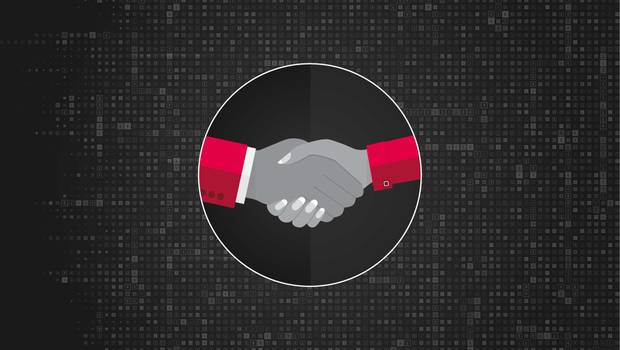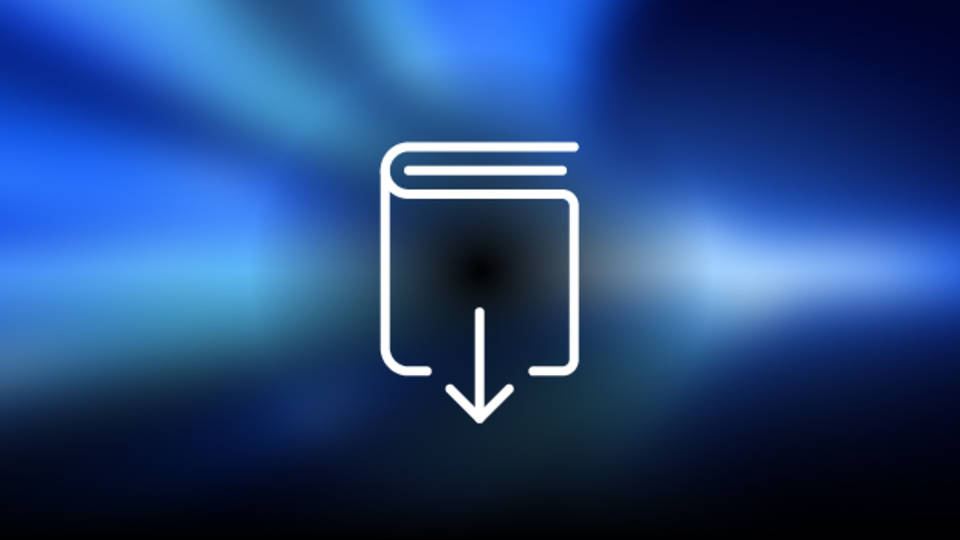How the Pandemic Helped Redefine Bank-Fintech Partnerships
21 June 2021One of the lessons of the pandemic for banks is that when it comes to future-proofing business operations, there is strength in partnerships.

2020 was a shock to the system for many financial institutions. Those that were agile, embraced innovation and had partnerships with financial technology (fintech) firms were much better positioned to navigate the challenges presented by the pandemic and continue to deliver the range of banking services for their customers. What partnership lessons will banks and fintechs take with them post-pandemic? I joined a panel of bank and fintech experts to find out. Here are a few key takeaways from the discussion.
Bank-fintech partnerships were key to the survival of the industry during the pandemic.
Doing business at the onset of the pandemic was jarring, especially for organizations without alternatives to face-to-face interactions and paper-based processes. Banks and financial institutions that were quick to recognize their limitations and the need to shift at scale turned to fintechs to fast-track innovation. Many a pandemic success story is likely the result of a bank-fintech partnership.
“Banks showed that they’re not inflexible; even the most traditional, long-standing financial institutions jumped in and partnered with fintechs to solve problems,” said Denada Ramnishta, SVP of partner & lender strategy at fintech Lendio.
Many banks were indeed able to meet the challenge presented by the U.S. Paycheck Protection Program (PPP), in large part by leveraging relationships with fintechs. According to Dan Allred, senior market manager, Silicon Valley Bank, “The deadlines and volumes were unreasonable, but we had to do it. [COVID-19] accelerated what was coming anyway – this seamless digital experience that the client is in charge of. The flexibility and agility of our fintech partners to help us do that was critical.”
Ravi Vakacherla, chief transformation officer at People’s United Bank, added, “Pre-pandemic, no two heads of operations or CIOs of any size bank would have said yes if they were told they had two weeks with an entirely remote operations team [to come up with a solution for PPP], but we did.”
Are RFPs, RFIs, multiple approval committees and extended project timelines now relics of the past?
Pre-pandemic, it was common for banks to undergo extensive partner evaluations which included numerous requests for proposals (RFPs), requests for information (RFIs), multiple rounds of approvals and 18-month or more project timelines. This lengthy review process wasn’t possible in 2020. Ravi shared that while his bank was making exceptions to expedite approvals, they realized “[this] doesn’t have to be an exception; this can be our new policy … so we started reviewing all our exceptions and started making some policies.”
Another lesson Ravi shared was moving away from the traditional RFP and RFI and moving toward a “proof of concept” (POC) model. “We are trying to be more product-centric instead of project-based; [this allows for] democratization of idea generation. We’ll give the same two-to-three use cases to potential partners [to see what solution they come up with].”
Compliance and security are table stakes
Flexibility and speed were key to surviving last year, but the panel agreed that data security and regulatory compliance remain top priorities. I pointed out that if a fintech solution is not built on a foundation of best-in-class security, then the risks outweigh the benefits to the bank: “These are table stakes rather than value drivers.”
Compliance is often looked at as an obstacle in many bank processes, including vetting a third-party technology solution. Ravi said that this doesn’t have to be the case. He advised bringing in compliance “at the beginning of the journey … it’s only when you go at it without them in the mix and then ask them later on ‘Is this compliant?’ is where there is friction.”
The critical C’s: culture, communication, collaboration
While the industry was focused on moving quickly last year, it’s important to remember that central to a successful partnership are shared culture and goals. I shared that SS&C Intralinks’ most fruitful and long-term partnerships are those where the lines between our respective organizations have been blurred because of similar goals, constant communication and mutual understanding of each other’s processes.
Denada emphasized that it’s important that both parties keep in mind “whatever you’re solving for with a particular partner is indeed core versus a ‘pet project.’”
Ravi added that aligning on the “why” and the original intention of the partnership will help ensure a smooth process. “Aligning on the ‘why’ removes the pain from ‘Hey, that’s not what we signed up for’… and the end product will be much better.”
Conclusion
Last year not only proved that bank-fintech partnerships are essential but also informed how they will evolve post-pandemic. The panel agreed with my point that “build versus buy” doesn’t have to be mutually exclusive. A thoughtful combination of both strategies, determined by productive collaboration between both teams at the bank and the fintech — while keeping the end-customer in mind — is the key to success.
From the perspective of the bank, Dan shared, “Originally we thought about partnering [with fintechs] to address product gaps … now we’re also thinking about [engaging partners] to change how we go to market and change our delivery model.”
Ravi said, “Partnering with a [fintech] that’s focused on one thing and then augmenting with pieces that we need as a financial institution is the best use of both resources.”
Watch the full replay of the webinar here for more insight into post-pandemic bank-fintech partnerships.

Peter Keevil
Peter Keevil is sales manager for the banking and securities segment, North America, at Intralinks. Prior to this role, he managed Intralinks sales teams covering banking and securities and investment banking for the EMEA (Europe, the Middle East and Africa) region.


